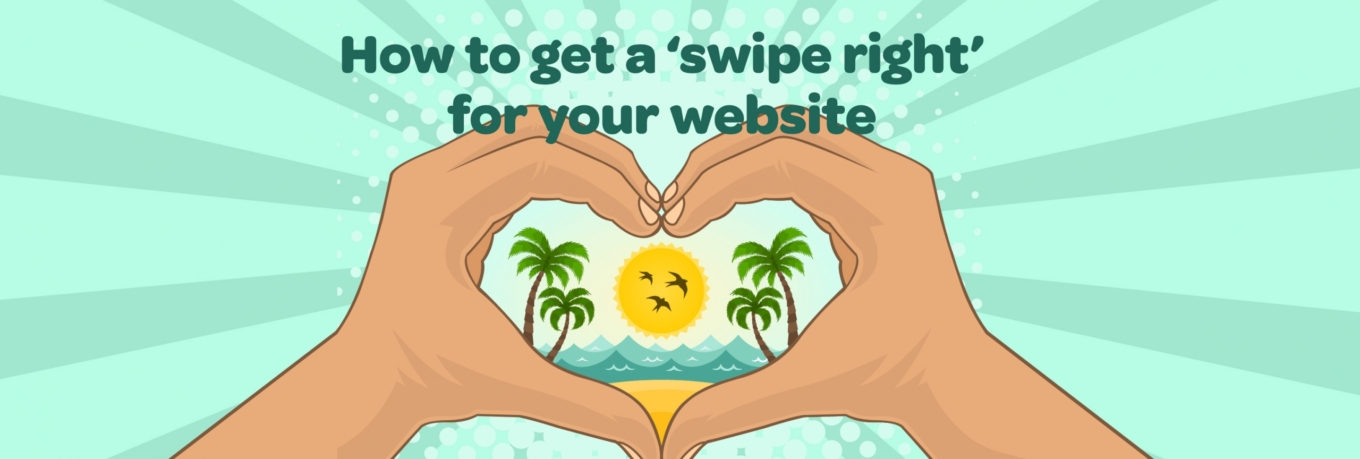The heatwave isn’t the only thing that’s been raising temperatures in recent months. From high profile Royal weddings, to the return of trashy dating show Love Island, 2018 is shaping up to be a year filled with love and romance.
What you may be surprised to hear is that love could also be the answer when it comes to creating a sales-driven website. As the secret to generating sales – even if you’re a B2B company supplying highly specialised pieces of kit – lies in how well you can form connections.
While it’s easy to get caught up in the numbers (how many web visitors you’re getting, how many conversions, etc), it’s important to remember that people buy from people. Every lead is simply a person (or team of people) that you need to convince to start a relationship with you. If that’s not happening, then maybe it’s time for a review of your website and its content.
Us humans are social beings. We are driven by relationships and making a connection with those around us. The top performing teams know this and understand the importance of embracing the human element of business (both externally and internally). It’s the reason why so many companies are now investing so heavily in user experience (UX) and customer experience (CX) – basically, what it feels like to work with them.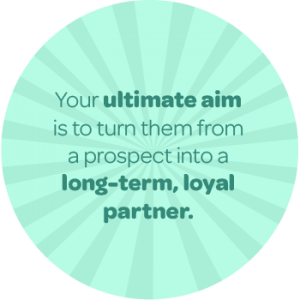
With any B2B or B2C website, you’re firstly putting yourself out there and trying to catch someone’s eye. Then trying to make your business, products and services as attractive to them as possible. Your ultimate aim is to turn them from a prospect into a long-term, loyal partner – which is why a masterclass in dating can be a great place to start.
So, how does the age-old art of courtship translate into B2B web design?
The blind date test
Having someone visit your website for the first time, is in many ways like going on a blind date. An individual may have found you in a number of different ways – for example, a friend may have set up the encounter by making a recommendation, or they could have seen you putting yourself out there, such as through an online ad. Expectations will vary, based on how much they have been told about you beforehand and what they have seen up to this point.
In preparation for this first encounter, there are some basics you need to get right.
Turn up!
While someone may wait 10 or even 20 minutes for their date to show up in person, if your website doesn’t make an appearance within just a couple of seconds, they are unlikely to stick around. And potential customers aren’t the only ones you need to turn up for, loading quickly on any device also matters to Google and can influence how well you rank.
Speak clearly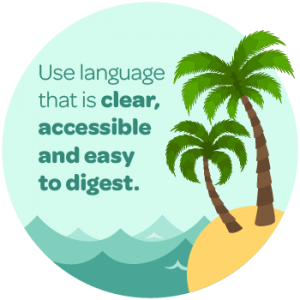
How you express yourself is very important and is the secret of forming a strong connection. Always avoid talking in long or hard to read sentences, or using jargon and industry spiel too heavily.
Even if your target market includes nuclear physicists, you need to use language that is accessible and easy to digest. How you communicate on your website will paint a picture of what it may be like to work with you. If you’re providing a complicated service or technical product, then you need to show you can explain things clearly.
Present yourself well
How you present yourself is another big factor. Never go for design over substance. You need to be smart and well presented, yet comfortable. Using too many flashy graphics, or being over-designed can end up being distracting and put people off. There is also no point having a colourful and intricate web design, if the information it contains is too hard to find or physically read!
Avoid the 7 biggest dating put offs
Once you’ve got the basics right, it’s time to perfect your dating skills. These common dating put offs are best avoided with any company website.
1) Making a poor first impression
You need to make a great first impression, as lasting opinions can be formed in just seconds. With so much competition out there – and coming from anywhere in the world nowadays – potential customers will simply ‘swipe left’ and move on, if they don’t like what they see, or can’t find what they’re looking for very quickly. Look at you site through the eyes of someone who has never visited before and knows nothing about your company. What impression does it instantly give? What does it suggest you are like to work with?
2) Going for the wrong type of person
Dating is about finding a good match and that means understanding clearly who your target audiences are and what they will be looking for. Is your website up to date and clearly focused on your key buyer types? It’s never going to work if you’re pulling in and spending time on the wrong type of person, no matter how much you want it to. Work out who is the best fit for your product – who will have a need and benefit from it the most? Are they in a particular geographic area? What budget do they need to have access to? What level of person should you be talking to?
3) Having nothing in common
You need to make it obvious from the moment someone arrives that they are in the right place and should be speaking with you. Check that your website makes it clear who you work with and how you help them. You may find you have a high bounce rate (i.e. people arriving and leaving straight away) if it isn’t instantly clear what you’re offering and the problem it solves (promoting the benefits not nitty gritty features at this top level).
4) Trying to move too fast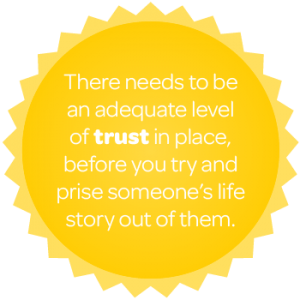
When you first start dating someone, especially when you’re meeting them for the first time, it’s not only a little creepy but can also be very off putting, if they grill you for tons of personal information.
There needs to be an adequate level of trust in place, before you try and prise someone’s life story out of them. The biggest culprit here is the website form. You many want to know a potential lead’s name, company, phone number, email address, job title…..but ask too much too soon and you may lose them all together.
5) Talking too much (and about yourself)
Waffle is never appealing, especially on a website. Work out what the core information is that you want to get across and go from there. The more you say, the more your important messages may become buried. You also need to think about your target audience and the information they will want to find on your website. As you may want to shout about all your awards and accreditations (and that swimming race you won when you were 8), but is that really what your audience will be interested in? If you’re all me, me, me and don’t show you understand your target audience and their issues, you’ll just be shown the door.
6) Being too pushy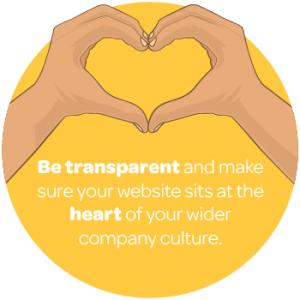
Every relationship takes time to develop. If you try and rush things by being too pushy, then you’re going to scare potential leads away.
Work out the buyer journey that visitors will follow on your website and use tailored content to guide them along. For example, you may pull people in with an interesting, educational piece offering advice on a problem your target audience may be experiencing. This may link to a more detailed or technical piece of content and finally lead on to a case study that shows your product solving the problem. This is a tried and tested content marketing journey. It helps you make a strong case for your product or service, and expresses how it can help make their life easier, without jumping on someone to push for the sale.
7) A big mismatch
Plus, don’t forget that the reality must match up with what you’re promising.
Most people can spot a faker a mile-off. You may get away with generating leads for a while, but people talk, and it won’t take long for your reputation to be damaged.
Be transparent and ensure that your website sits at the heart of the wider company culture. Whether someone visits your website, calls you on the phone, sends you an email, or meets an employee at a networking event, there should be consistency and a customer-first approach.
By Amy Archer at Creative Leopard for Alive!

